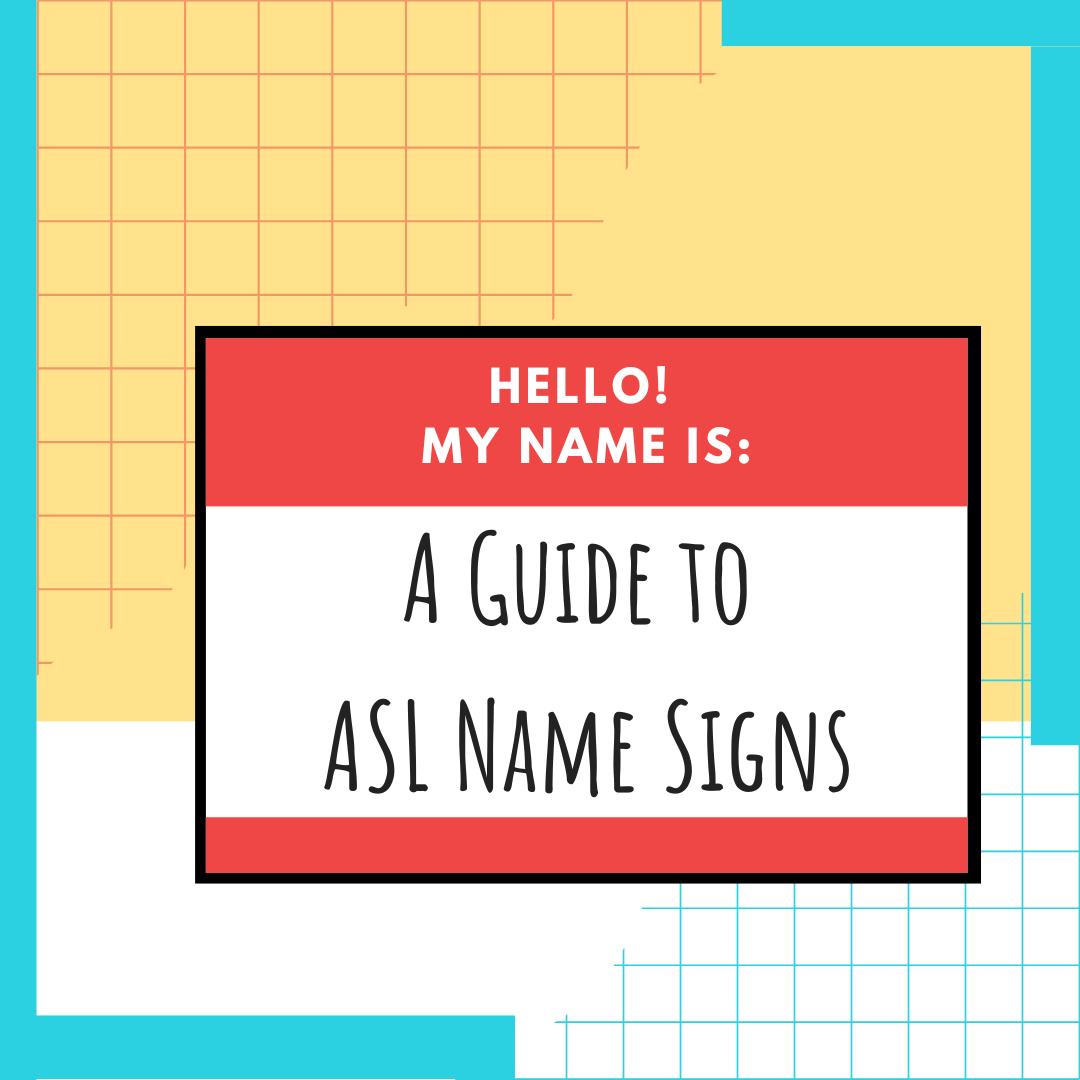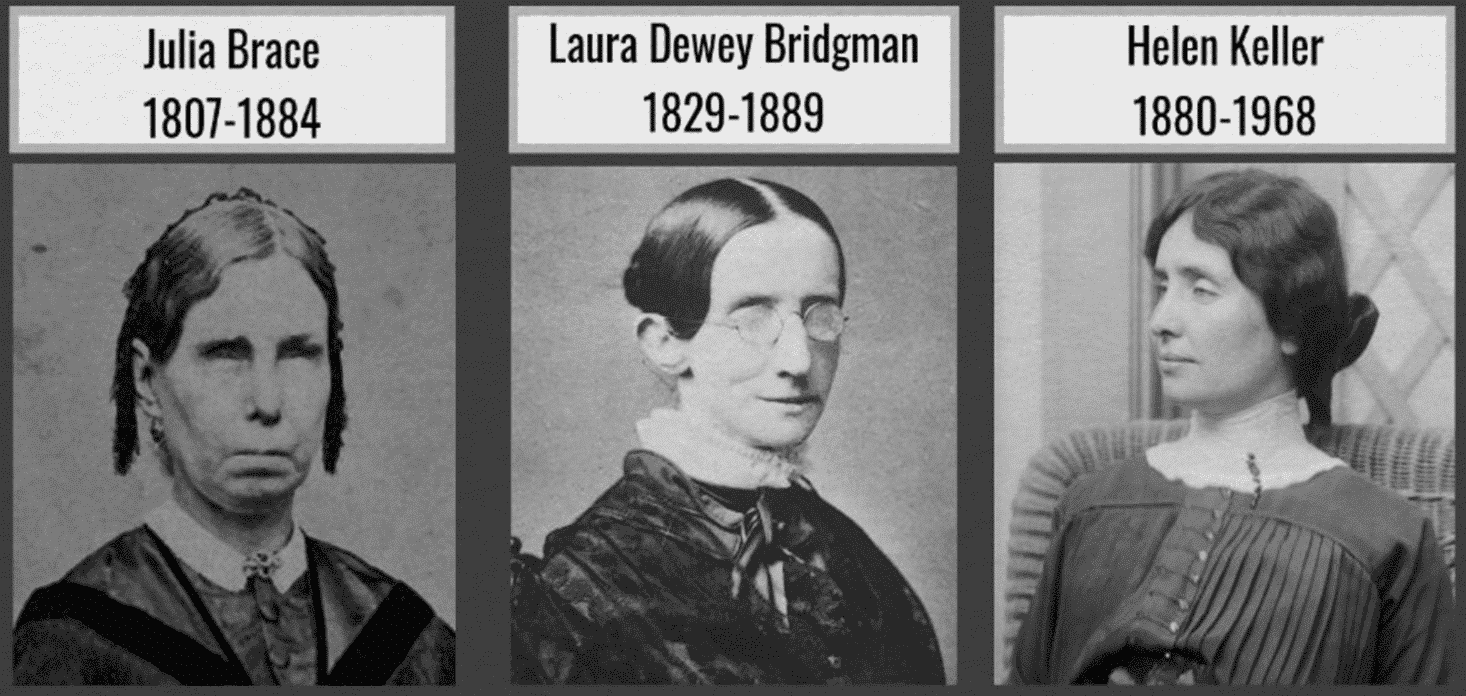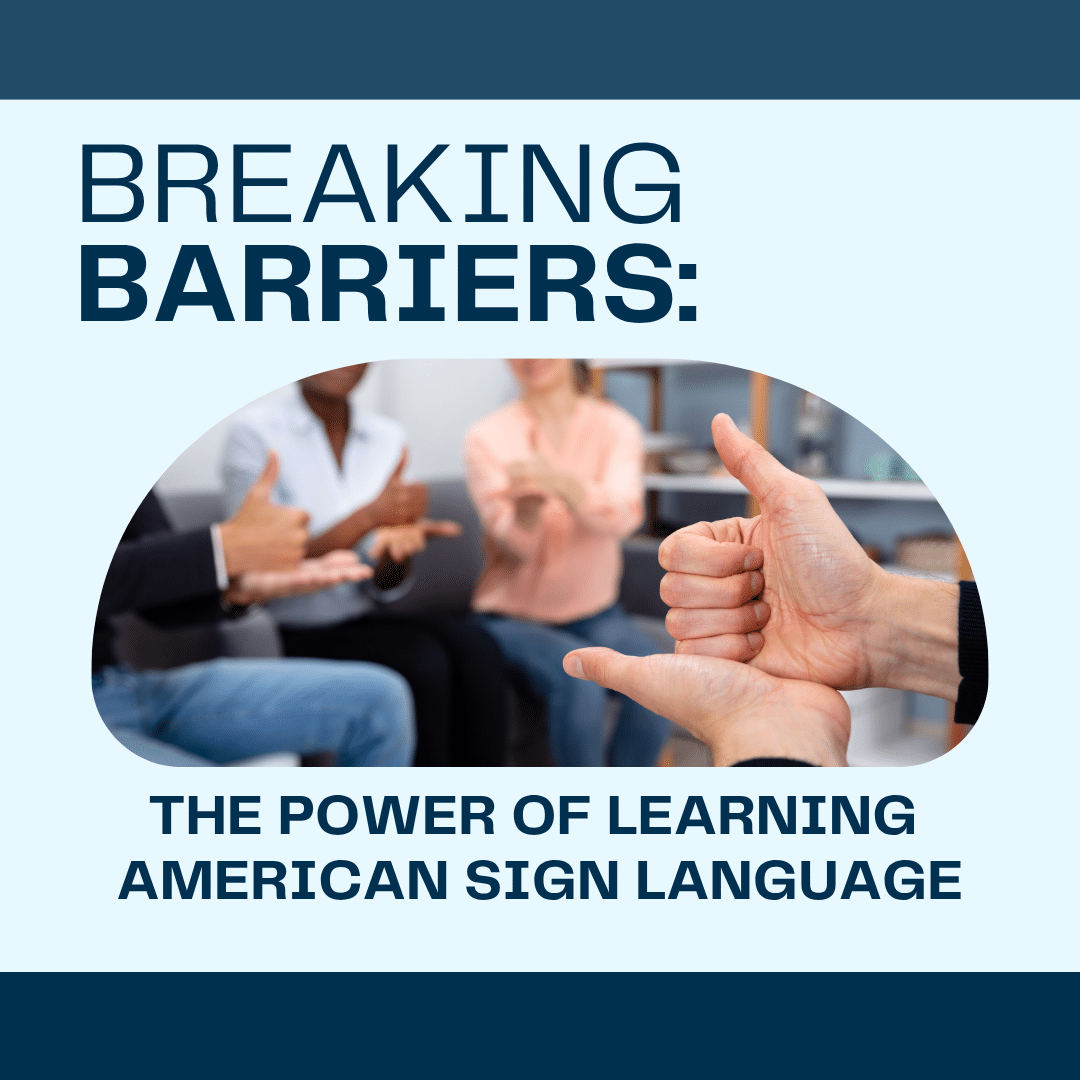
Famous Deafblind: Julia Brace, Laura Bridgman, and Helen Keller
- by Katelyn Cheng


Julia Brace was the first Deafblind person before Laura Bridgman and Helen Keller. Julia Brace was born, in that part of Hartford County, Connecticut, that is now Newington on June 13, 1807. Julia had a normal childhood. She was sent to school where she learned to read and spell two word syllables, or when she became angry to speak “exceptionable words”. She even learned “plain sewing” and had religious training. Julia also began to assist her mother in caring for her younger siblings. Then, a turn of events changed her life. At four years and five months, she contracted typhus fever, which robbed her ability to see and hear. Even when she became blind and deaf, she still continued to speak to express her wants and frustration, but eventually she stopped speaking. As she was losing her ability to speak, her other senses heightened and she became more familiar with the sense of touch, smell, and taste. Julia’s parents were exceedingly poor. Her father worked as a cobbler. Julia was able to identify the supplies in her father’s shop as well as around the house. Since she lost her sight and hearing, she did not have any attempt to get an education until she was 18 when she attended Hartford Asylum for the Deaf and Dumb. This asylum has been founded by Thomas H. Gallaudet, Dr. Mason Fitch Cogswell, and other public-spirited Hartford citizens as a means for establishing the system of the French Abbe Sicard for the education of the deaf in America. She went to live with her sister in Bloomington, Connecticut. She was paralyzed and bedridden her last year of her life. Julia’s life is interesting because her natural intellectual endowment was not of a high order, and as she had reached adult years before any attempt at education was made. She died in Bloomington, Connecticut on August 12, 1884.
Laura Bridgman was born in Hanover, New Hampshire, on December 21, 1829. When Bridgman was about 24 months old, she contracted scarlet fever, which robbed her of her sight, hearing, sense of smell, and nearly all of her sense of taste. Bridgman’s communication with her family was very limited and developed a rudimentary sign language. When she became older, she began throwing tantrums, which they were contained by being physically overpowered. Her father was the only person that Bridgman would obey. After Perkins School for the Blind was established, Director Samuel Gridley Howe heard about Bridgman and wanted to educate her. Howe traveled to Hanover and talked her family to send Bridgman to Perkins School for the Blind. She attended in October 1837, 11 weeks before her eighth birthday. Since there were no successful methods of teaching Deafblind students, Howe was the first to invent this method. Instead of continuing Bridgman’s invention of sign language, he decided to teach her English. Howe began by giving Bridgman objects that she was familiar with such as forks and keys. The labels on these objects are raised. When he detached the labels from the objects, Bridgman was able to place the labels with the correct objects; however this was based on her familiarity and memory. Howe made it a bit more challenging by separating the labels into individual letters. Bridgman responded by putting the letters together to spell a word. According to Howe, it was at this point that Bridgman grasped the concept of language and communication. From that moment on, Bridgman understood that every object has its own name and was eager to learn the names of every object she encountered. She continued to learn and expand her vocabulary and communication. Once she mastered language, her curriculum became much like that of the other pupils at Perkins, and she attended classes and studied reading, writing, geography, arithmetic, history, grammar, algebra, geometry, physiology, philosophy, and history. Howe published the account of Bridgman’s education in the Perkins Annual Reports, making both teacher and student internationally famous. In 1850, when Bridgman was about 20 years old, she discontinued her attendance at Perkins and returned back home to be with her family in New Hemisphere. Bridgman was on her own without any constant teacher companion and her busy family had little to no patience and time for her. Bridgman’s health started to deteriorate and Howe thought it was best for Bridgman to live at Perkins permanently and she established what is called her “Sunny Home.” Although, Bridgman spent summers with her family. Bridgman lived a comfortable, busy, and enjoyable life through her adult years. She did housework, read the Bible, sold her needlework pieces, she was a writer, and traveled to visit friends and relations. When she was 59, Bridgman became ill. After several weeks, she died peacefully at Perkins on May 24, 1889.
Helen Keller was born on June 27, 1880, in Tuscumbia, Alabama. Keller had a younger sister and two older stepbrothers. Keller’s father had served as an officer in the Confederate Army during the Civil War. Keller’s family lived off of cotton plantation, then later Keller’s dad became the editor of a weekly local newspaper, the North Alabamian. Keller was born healthy and started to walk when she was one year old; however, when Keller was 19 months old she contracted an illness known as “brain fever” that cause Keller to have abnormally high body temperature. Due to her illness, it robbed her ability to see and hear. Keller’s mom noticed that Keller did not react to any sounds or movements in front her eyes. During Keller’s childhood, she had limited communication with her companion, Martha Washington. Due to this limitation, Keller and Washington both invented sign language in order to be able to communicate with each other. As Keller was growing up, she became wild and unruly. She would scream and kick when she was angry and giggle uncontrollably when she was happy. She tormented Martha and threw numerous raging tantrums. Many of her relatives believed that Keller should be institutionalized. Keller’s mother was looking for answers on how to educate and raise a Deafblind. She came across a travelogue by Charles Dickens, American Notes, in 1886. Keller and her father traveled to Baltimore, Maryland to see specialist Dr. J. Julian Chisolm. Dr. Chisolm recommended them to see Alexander Graham Bell who invented telephones and who was working with deaf children. He then referred the Kellers to Perkins Institute for the Blind in Boston, Massachusetts. That is when Anne Sullivan became Helen Keller’s teacher in 1887, to teach Keller manners and educate her. On March 3, 1887, Sullivan began teaching Keller, first starting with Keller’s doll that she always carried around with her. At first, Keller was curious then became defiant and disobedient to Sullivan. Sullivan also observed that Keller was not making the connection between the objects and its names. Sullivan was persistent and kept forcing Keller to understand the objects and their names. Keller’s frustration grew and she eventually threw tantrums. Sullivan asked that Keller lives separately from Keller’s family, so Keller can only concentrate on Sullivan’s instructions. The moment when Keller finally made a connection between the name and the object was when Sullivan flushed water on Keller’s hand and spelled water in her hand. Keller repeated the word water back to Sullivan. By nightfall, Keller learned 30 words. Sullivan was Keller’s teacher for 49 years until Sullivan’s death in 1936. In 1932, Sullivan experienced health issues and became blind. A young woman named Polly Thomson, who had begun working as a secretary for Keller and Sullivan in 1914, became Keller’s constant companion upon Sullivan’s death. Keller suffered a series of strokes in 1961 and spent the last years of her life at her home.
Deafblind communicate through what is called tactile signing. This means that they use American Sign Language or Pidgin Sign Language to communicate but through using touch. For instance, a deaf person who is communicating with a Deafblind, the Deafblind will have his or her hands rested on the deaf person’s hands and the message is communicated through the touch and movement of the signs. How would a Deafblind acknowledge the signer is staying in engaged in the conversation. The signer would tap on the shoulder or leg to let the Deafblind person know that the signer is understanding him or her. For Deafblind to read books, they use Braille. You can read more about Deafblind here: Article 1 or Article 2.
References:
https://www.dartmouth.edu/library/Library_Bulletin/Nov1992/LB-N92-Wait.html
http://famousamericans.net/juliabrace/
https://www.perkins.org/laura-bridgman/
https://www.biography.com/activist/helen-keller
Start Learning ASL Today!
 Ready to start learning real American Sign Language and not just basic signs? Do you want to be a part of the vibrant Deaf community? Check out our Free ASL 1 Course or our Complete 4-Level ASL Course options and start learning ASL today!
Ready to start learning real American Sign Language and not just basic signs? Do you want to be a part of the vibrant Deaf community? Check out our Free ASL 1 Course or our Complete 4-Level ASL Course options and start learning ASL today!








